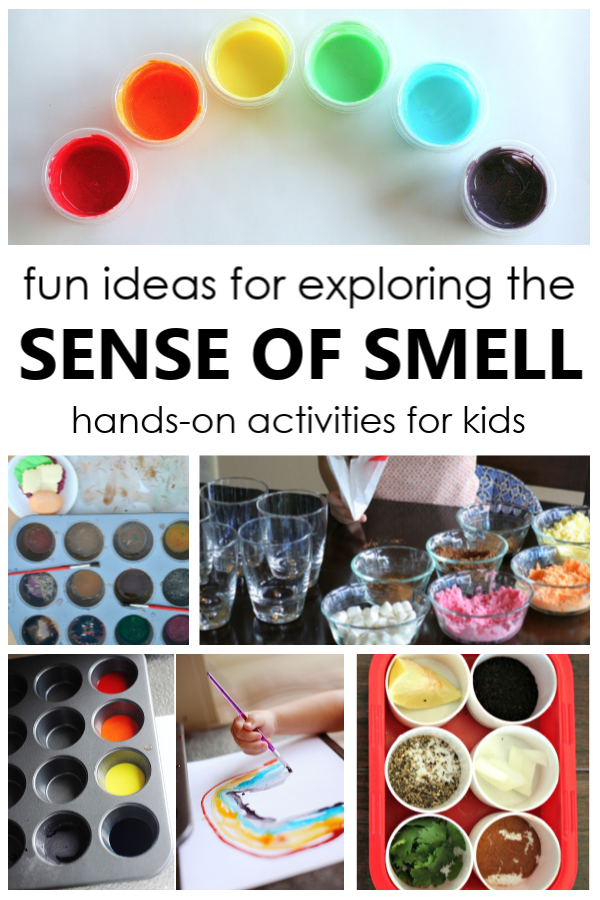Nature Near You is our offering to the community, If you would like to support our efforts, any donation is welcome. Please click the button below to contribute.
It is important for any creature to understand the world around it. The parts of an organism dedicated to perceiving and understanding their external environment are known as sensory systems. Humans have five components to their sensory system: taste, touch, smell, sight, and hearing. These systems work together to give us a better understanding of our surroundings.
Close your eyes, take a deep breath in through your nose, exhale, repeat. Do you smell anything? In a matter of seconds, tiny smelly particles traveled into your nostrils, up a canal to tickle little hairs on an olfactory bulb, sending a signal to your brain to translate those smelly particles into something you recognize!
This pathway is called the olfactory system, it's the sensory system used for smelling.
The olfactory system
By: Sam Nowinski
Humans can detect at least one trillion different scents. However, every person has different sensitivities and experiences with particular scents, creating varying opinions on smells. For example, some people may love the smell of coconut while others hate it!
Our sense of smell is closely linked with memory, more than any other sense. The olfactory bulb, located in the forebrain, links scents with memories and emotions. It has nerves that detect odors coming into the nose and sends them to the brain. Scent is the only sense that travels to the part of the brain where learning and memory take place.
*Sniff, Sniff*
The sense of smell’s function is to perceive odors or scents with specialized organs in the nose. These olfactory organs are part of our chemical sense system. When you smell something, your brain, nerves and olfactory organs work together to make sense of the chemical scents in the air.Many animals rely on their sense of smell for survival and reproduction. Pheromones are chemicals that act like hormones and are detected by the olfactory system. They give signals for mating or communication in many mammals and insects. Animals can also release scents into the air to communicate with each other about territory, food, or warnings to keep away from toxic prey.
How Accurate is Your Sense of Smell?
By: Sam Nowinski
In this activity you will explore your sense of smell by trying to guess the odor various objects give off. To make this harder you will be blindfolded so you will not be able to rely on any other senses to guess the smell.
Materials:
Blindfold (can be made from a bandana, sleep mask, or towel)
Various items with strong scents
Parents: try to combine different foods, household products, and outdoor flora
Examples: candle, lemon, flower, jam, deli meat, toothpaste, spices, ginger, garlic, hot
sauce, etc.
A partner to hold scented objects up to your nose






